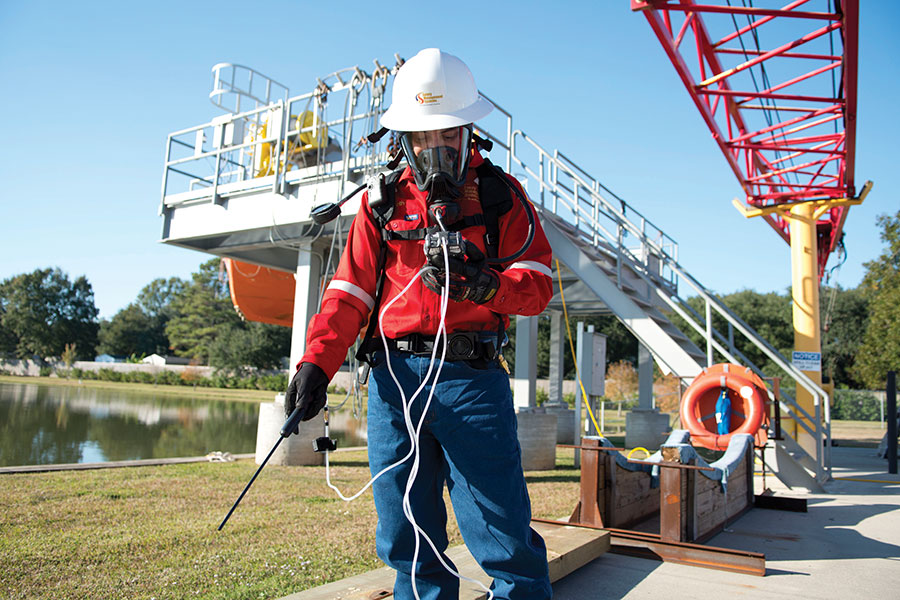Staying safe at work is essential for both employees and employers. A well-thought-out safety plan can help prevent accidents, injuries, and even save lives. One of the best ways to achieve workplace safety is through Process safety management (PSM). This system helps businesses identify, manage, and reduce risks in hazardous operations. But to fully benefit from PSM, it is important for workers to go through Process Safety Management Training. Let’s explore how good plans and proper training can improve workplace safety.
Why Process Safety Management Matters
Every workplace has its own risks, especially in industries like manufacturing, chemical processing, and oil and gas. Process safety management helps to create a structured approach to managing these risks. It looks at factors like equipment, procedures, and human behavior that could lead to an accident if not handled properly.
Implementing PSM is not just about following rules—it's about creating a safety culture. With the right approach, workers become more aware of potential hazards and know how to handle emergencies if they arise. This leads to fewer accidents, better productivity, and peace of mind for everyone involved.
The Importance of Process Safety Management Training
Having a strong safety plan in place is a great start, but training is key to making it work. Process Safety Management Training ensures that employees understand the risks in their workplace and how to avoid them. The training covers a wide range of topics, including:
- Identifying hazards
- Following safety procedures
- Emergency response plans
- Using safety equipment correctly
With proper training, employees can confidently apply PSM practices in their day-to-day activities. They will know how to follow safety protocols and what steps to take in case of an emergency. This reduces the likelihood of human error, which is often a major cause of accidents.
At The Safety Master, we specialize in offering comprehensive Process Safety Management Training. Our training programs are designed to meet the specific needs of your industry and help ensure that your employees are fully prepared to handle any safety challenges that come their way.
Key Elements of a Strong Safety Plan
A good safety plan should cover several important aspects to make sure everyone stays safe at work. Here are some key elements to include in your safety plan:
1. Risk Assessment
Every workplace has unique risks. Conducting a risk assessment helps identify potential hazards, whether they are related to machinery, chemicals, or work processes. Once risks are identified, you can take steps to minimize or eliminate them.
2. Clear Safety Procedures
Having clear and simple safety procedures is essential. These should be easy to understand and follow. Procedures should cover everything from handling hazardous materials to operating machinery safely. Workers should be trained to follow these procedures without fail.
3. Emergency Response Plans
Even with the best plans, accidents can still happen. That’s why it’s important to have a solid emergency response plan in place. This plan should detail how to respond to fires, chemical spills, or any other type of emergency. Regular drills and training sessions can help employees stay prepared.
4. Regular Inspections and Maintenance
Equipment and machinery should be inspected regularly to make sure everything is working properly. Regular maintenance can prevent malfunctions that might lead to accidents. It's also important to replace or repair any faulty equipment as soon as possible.
5. Continuous Improvement
Safety plans are not one-time efforts. They should be reviewed and updated regularly to keep up with new risks or changes in the workplace. A continuous improvement mindset ensures that safety standards are always being enhanced.
At The Safety Master, we help businesses develop and improve their safety plans. Our team of experts can assist you in creating comprehensive safety strategies that align with the latest process safety management standards.
Promoting a Safety-First Culture
While safety plans and training are crucial, they only work if everyone in the workplace takes them seriously. A strong safety culture involves everyone, from top management to entry-level employees, being committed to following safety protocols. Here’s how you can promote a safety-first culture:
- Lead by example: Managers should always follow safety procedures and encourage their team to do the same.
- Encourage communication: Workers should feel comfortable reporting hazards or suggesting improvements to safety protocols.
- Recognize and reward safe behavior: Celebrate when employees follow safety rules or come up with new ways to improve workplace safety.
By fostering a safety-first mindset, you’ll create an environment where employees feel safe and supported.
Conclusion
Workplace safety is a priority for every business. By developing good safety plans and ensuring employees receive Process Safety Management Training, you can greatly reduce the risk of accidents. A well-designed safety plan combined with a strong safety culture will keep your employees safe and your business running smoothly. If you’re ready to enhance your workplace safety, The Safety Master is here to help you every step of the way.





Comments